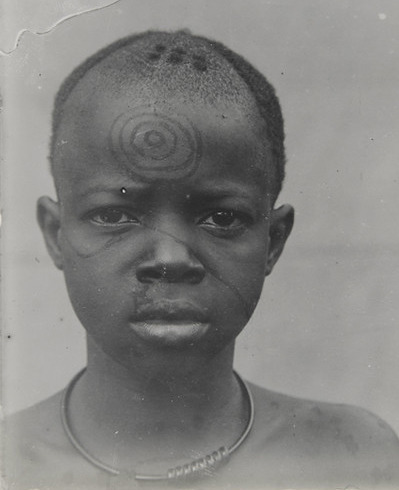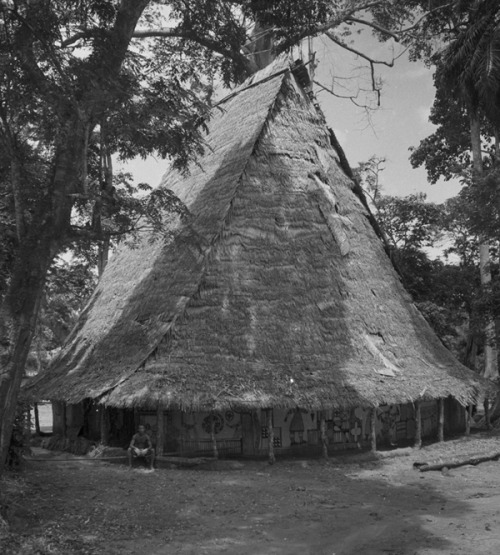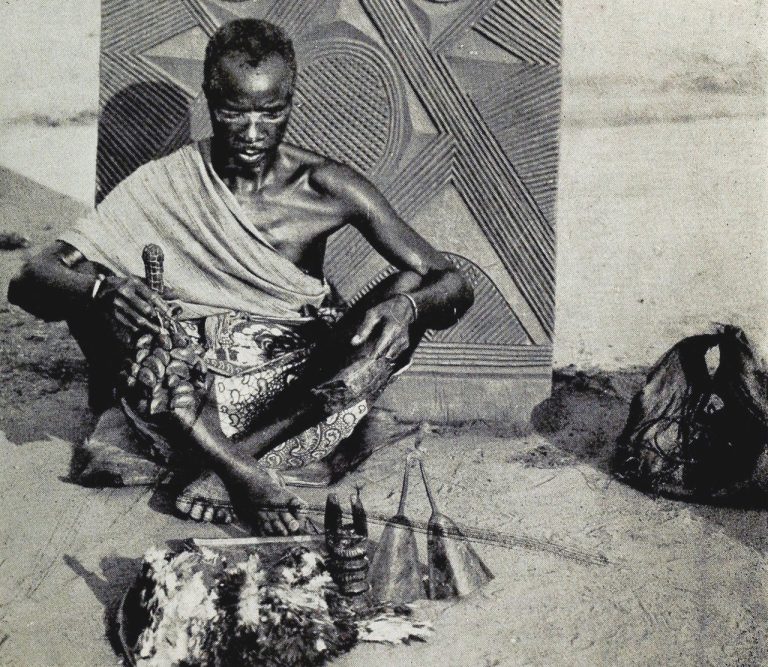An Igbo girl from Nibo, with ùlì designs on her skin, 1911

This photograph captures an Igbo girl from Nibo, now in Anambra State, adorned with ùlì body art. Taken by British anthropologist Northcote Thomas in 1911, it showcases the unique artistic expression of the Igbo people. Ùlì, a traditional form of body decoration, held aesthetic, cultural, and spiritual significance.




















